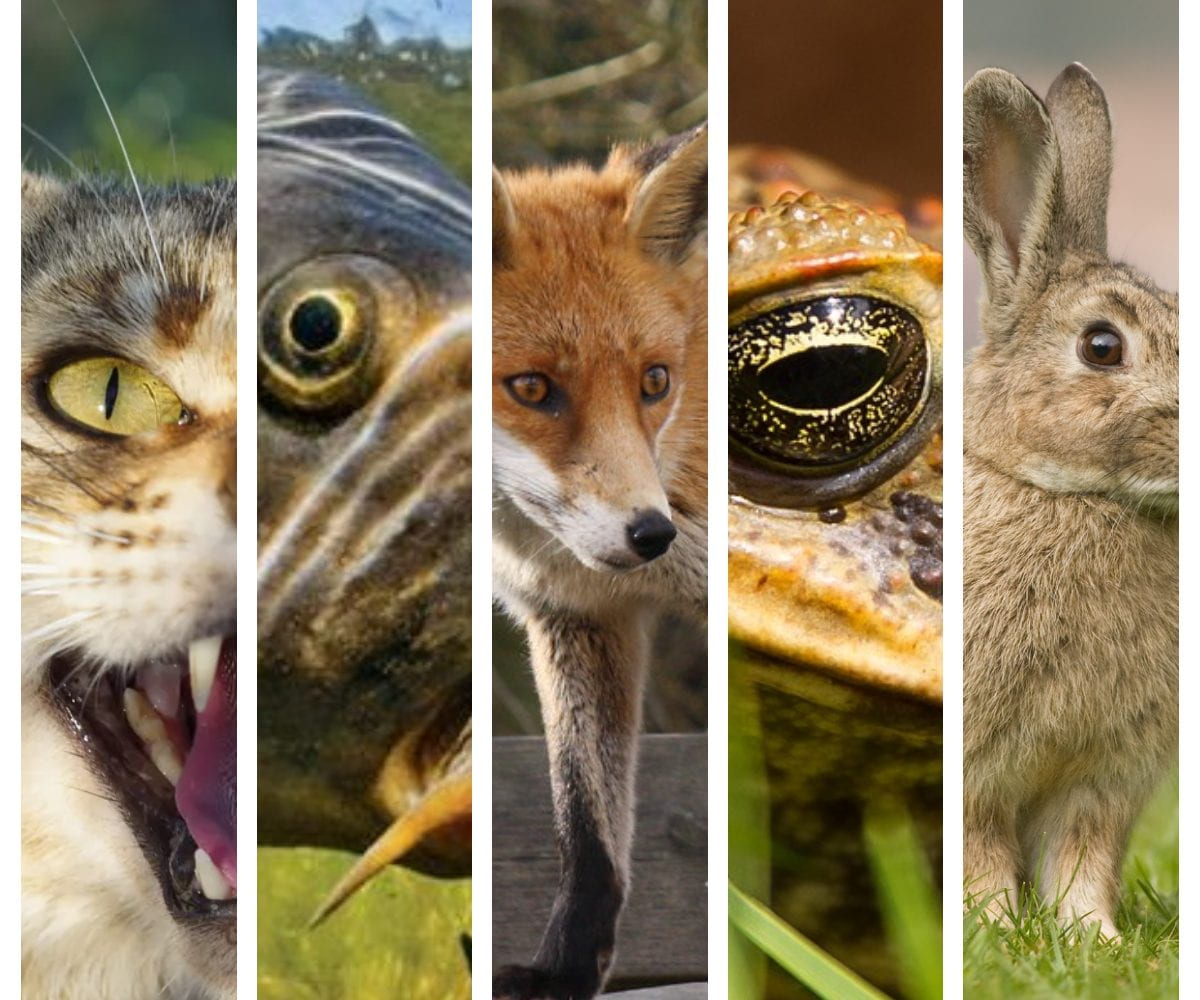
Genetic biocontrol for vertebrate pests
In the past 60 years, invasive pest species have cost Australia over $300 billion. Many of the currently used control measures are ephemeral and have little long-term impact. Advancements in the development of synthetic gene drives have made it theoretically possible to manipulate entire populations, potentially allowing for the control of many invasive pests. While gene drive technology has rapidly advanced in invertebrate studies, vertebrate research has lagged. The Frankenberg lab is developing genetic biocontrol technologies such as gene drive for many of the most damaging vertebrate pest species, potentially allowing for their control or eradication. The lab uses the zebrafish as a model for developing genetic biocontrol strategies that can be applied to a wide range of vertebrate pest species. The lab is also optimising workflows for introducing genetic biocontrol constructs to European carp, cane toad, fox and rabbit.
For further information see vertebrate genetic biocontrol
Categories
- Uncategorised